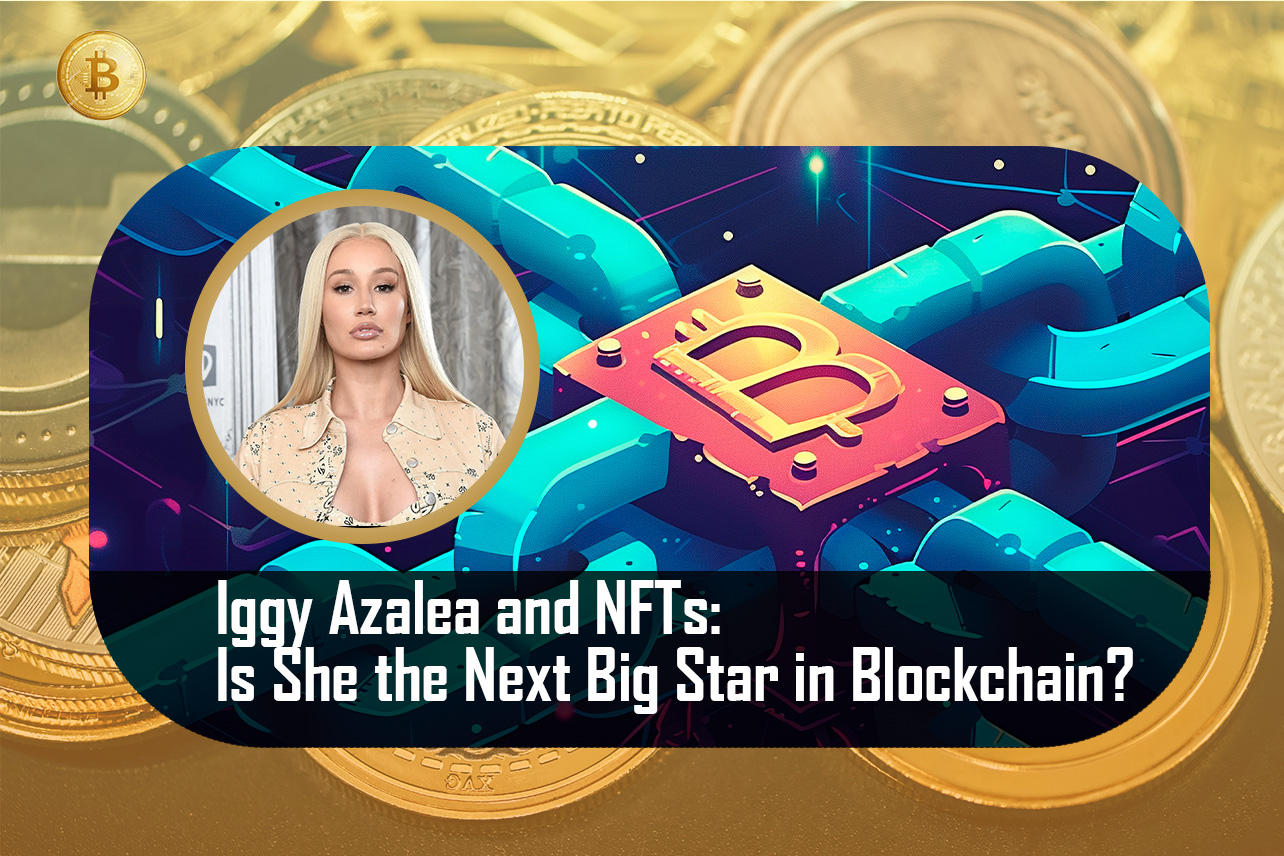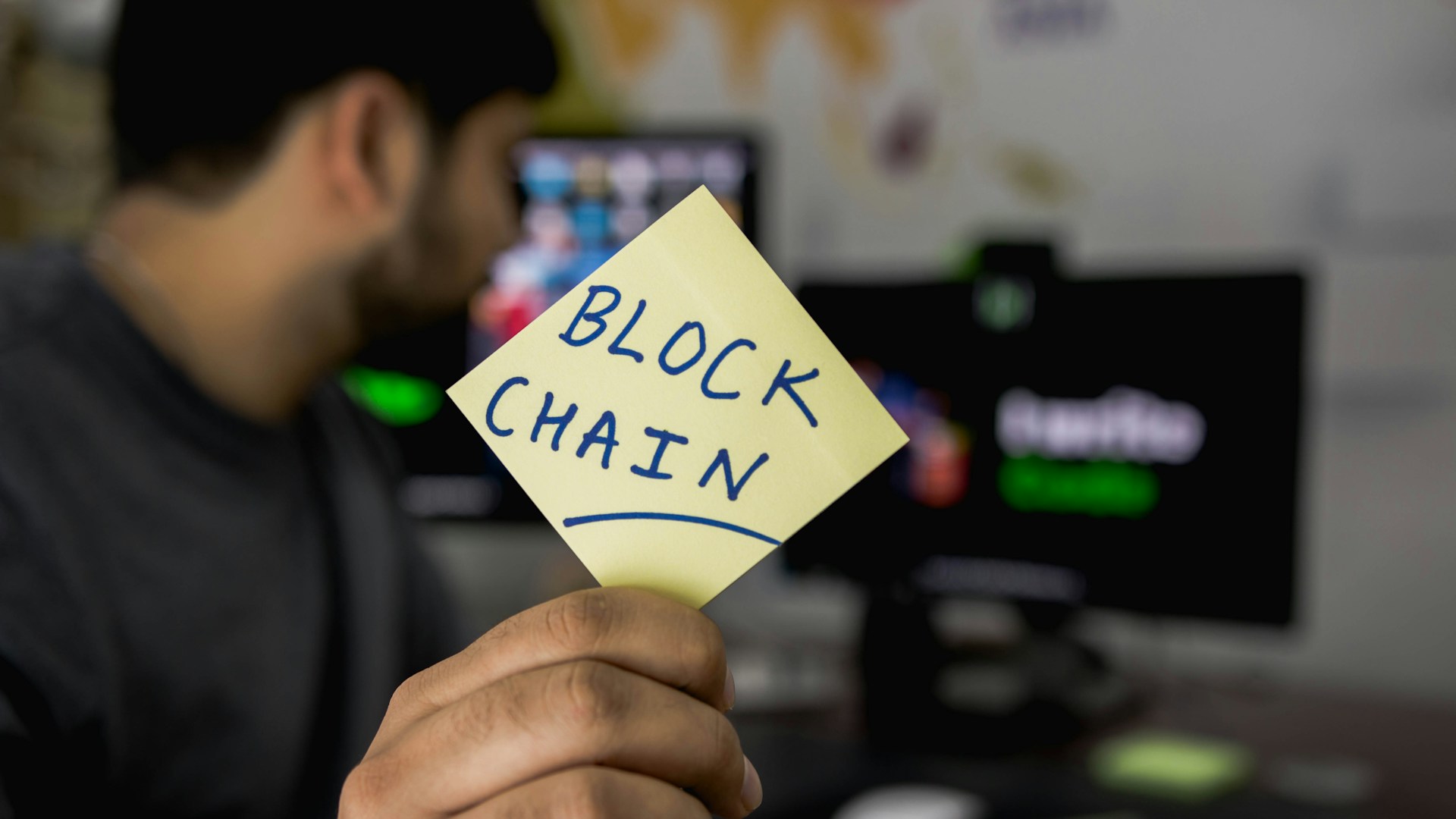The Future of Transactions: How Blockchain Is Taking Over

Money has come a long way. Long ago, people traded goods directly through barter, like exchanging a cow for a bag of grain. Later, coins and paper money came into play, making trade easier. Then came credit cards, online banking, and mobile apps.Today, we hardly carry cash.
But now, something even bigger is changing how we spend and move money, which is the Blockchain. It is a new kind of tech that records transactions without needing a bank or middleman. A system behind cryptocurrencies like Bitcoin, Ethereum, and many others.
However, it’s more than just digital money, it’s a way to move value or any kind of value, quickly, securely, and without needing a bank or middleman. From cross-border payments to business contracts, blockchain is becoming the new foundation for how we transact in the digital world.
Rewriting the Rules of transaction
Most people today rely on centralized institutions like banks, credit card companies, and online payment platforms to send and receive money. These institutions act as middlemen who process transactions, keep records and charge fees. This system works but it has its problems. It’s often slow, expensive, and not available to everyone, especially in developing countries.
Blockchain solves this problem by a completely different model, decentralized. This system, Instead of relying on a single company or server, its networks are made up of thousands of computers around the world. These computers work together to keep a shared record of all transactions, called a ledger.
Everyone can see this ledger and once a transaction is recorded, it can’t be changed. This makes the system very secure and trustworthy, in a way that no one can secretly change it or cheat the system. And since there are no middlemen, people can send and receive money (digital assets) directly, anytime, anywhere, even on weekends or holidays. This also helps reduce transaction fees, making it cheaper to move money, especially across borders.
For instance, someone in the U.S. can send USDT to a friend in India using a blockchain-based wallet. The transfer can take just a few minutes and cost far less than a bank wire or a money transfer service like Western Union. This direct and fast system is one reason why blockchain is gaining so much attention globally.
Beyond Payments: Smart Contracts and Automation
Blockchain is not just about sending money, it can also handle agreements through what are called smart contracts. These are small pieces of code stored on the blockchain that automatically carry out instructions when certain conditions are met.
For example, if a person hires a freelancer to design a logo, a smart contract can hold the payment and release it only when the job is completed. There is no need for a third party to manage the deal. This process saves time, reduces the chance of fraud, and ensures that both sides get what they agreed on.
Smart contracts are already being used in different areas like digital art sales (NFTs), supply chain tracking, online services, and real estate. They help cut costs, reduce paperwork, and build trust between strangers in a digital world.
Also Read: Sui Blockchain in 2025: What’s New and How to Get Started




